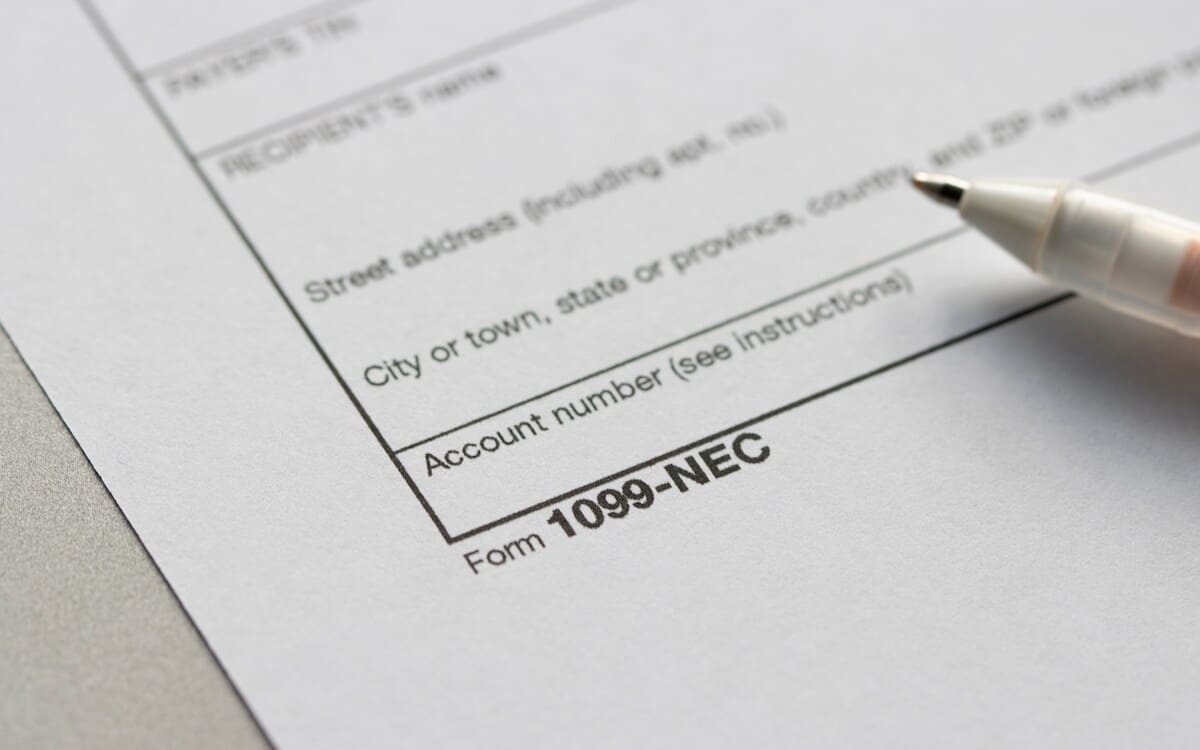Many business professionals approach calculating tax liability with apprehension or confusion due to potential complexities across income, self-employment or capital gains tax. But understanding and managing liability is crucial to maintaining profitability and avoiding penalties. This guide covers how to calculate tax liability for businesses, including effective strategies to reduce your tax burden and. where to find the right resources to help.
Understanding Tax Liability for Businesses
Tax liability refers to the total amount of taxes that businesses owe to the IRS, including income tax and self-employment tax. What does this entail?
- You have a tax liability when money is earned or an item is sold for more than it was purchased.
- A person or company’s tax liability is the total amount of taxes they owe to the government in a year. It includes income, sales, property taxes and more.
- The net tax liability is what you owe the taxing authority after factoring in deductions, credits, exemptions and any prepayments made during the year.
- A tax liability is not the same as a refund. A refund means there were overpaid taxes that are due to be refunded to you. An underpayment results in money owed at year end.
Navigating the complexity of your company’s tax obligations can be a challenge for small business owners and entrepreneurs—particularly those just starting out. Your business may face income tax liability on profits, capital gains tax when assets are sold at a profit and payroll taxes if you have employees.
For instance, if there was quite the profitable year with your startup, that’s great news. But do not forget that this means a higher taxable income, which could push your business into a steeper federal income tax bracket.
And there’s more—deferred taxes may also come into play. They are another potential liability that is due to differences between accounting rules and IRS regulations.
In short, managing all these factors affecting your overall tax bill can be complex, but is absolutely necessary to maintaining compliance and avoiding penalties later on.
Steps to Accurately Calculate and Manage Your Business Tax Liability
Tax liability is the sum of all taxes your business owes, including federal, state, and local taxes. Here’s how to calculate your business tax liability step by step:
- Calculate gross income: Sum up all revenue from sales, interest and dividends.
- Subtract deductions: Add up all tax-deductible business expenses such as employee salaries, supplies, operating costs and depreciation.
- Determine taxable income: Subtract deductions from gross income to get your taxable income.
- Apply tax rates: Use current federal and state tax rates to calculate your tax due. Don’t forget to factor in credits, estimated tax payments already made and self-employment taxes.
Estimating and making quarterly tax payments is the law that is enforced by the IRS and will usually include fines and penalties if they are filed or paid late.
Pro Tip: Use an estimated tax liability calculator to simplify the process and ensure you’re on track with quarterly payments—key factors when calculating total income tax liability for your business.
Reduce Business Tax Liability Using Deductions and Credits
Lowering your business tax liability is achievable by maximizing deductions and credits. Deductions lower your taxable income, which in turn reduces the amount of tax owed. You can think of them like coupons used at the grocery store—but for taxes. They reduce the amount of salary or business income that is taxable—which in turn reduces what is owed.
Common deductions include equipment expenses, office rent and advertising costs. By using tools like a business tax rate calculator, you can explore how various deductions impact your total liability.
Tax credits, on the other hand, provide a dollar-for-dollar reduction in the amount of tax you owe. Unlike deductions, which lower taxable income, credits directly reduce your company’s tax bill. For example, the Research & Development Tax Credit or Energy-Efficient Equipment Credit can substantially reduce your tax liability.
By understanding and using both deductions and credits, your business can significantly lower its overall tax burden. Smart planning and the right tools can help you identify these opportunities, ensuring you can take full advantage of all available savings.
Deferred Tax Liability and Its Impact on Your Business
Deferred tax liability arises when there’s a timing difference between your accounting methods and IRS regulations. While deferred doesn’t mean denied, it’s crucial to plan for these future liabilities. Using the federal tax liability formula, you can anticipate and manage these deferred obligations effectively.
Deferred does not mean denied. It means delayed until later years. While this could increase future liabilities, smart planning now can lead to overall reduced payments.
Using these strategies helps businesses significantly reduce their total tax burden.
The Impact of Capital Gains on Business Tax Liability
When assets are sold for more than their purchase price, the result is a capital gain. This extra income is not just good news—it also adds to your company’s tax liability.
Capital gains are classified as either long-term or short-term, as it matters how long you held an asset before selling it. If you owned it for over a year, any profit becomes a long-term capital gain, which is typically taxed at lower rates compared to short-term gains, or assets sold within one year.
To help navigate this complex terrain, consider using resources like the SmartAsset Income Tax Calculator. Tools such as this can be beneficial in not only providing insight into potential taxes, but also in offering techniques to decrease overall taxation.
In essence, managing capital gains wisely plays a crucial role in controlling your total tax liability and ultimately keeping more money in the business coffers.
Get Expert Help to Handle Business Tax Calculations and Reduce Liability
Tackling business taxes can be daunting, especially when it comes to accurately calculating your tax liabilities. Fractional financial advisors, enrolled agents and CPAs specialize in creating personalized strategies to reduce your business tax burden. These professionals are up-to-date on all things related to income tax liability and capital gains tax liability—and they understand the nuances of business tax calculations..
Beyond just number-crunching, these experts also offer strategic advice tailored to specific needs. This might include identifying potential deductions or helping you understand how long-term vs short-term capital gains could impact your total tax bill.
Minimize Your Business Tax Burden
Don’t wait until tax season—start managing your business tax liabilities now. Schedule a free consultation with our expert tax advisors to explore how you can reduce your tax burden and maximize deductions. Whether you need help with estimating tax payments or understanding complex tax laws, Paro experts are here to guide you in managing your tax responsibilities.






